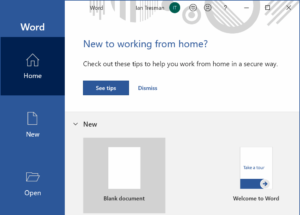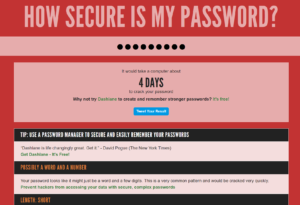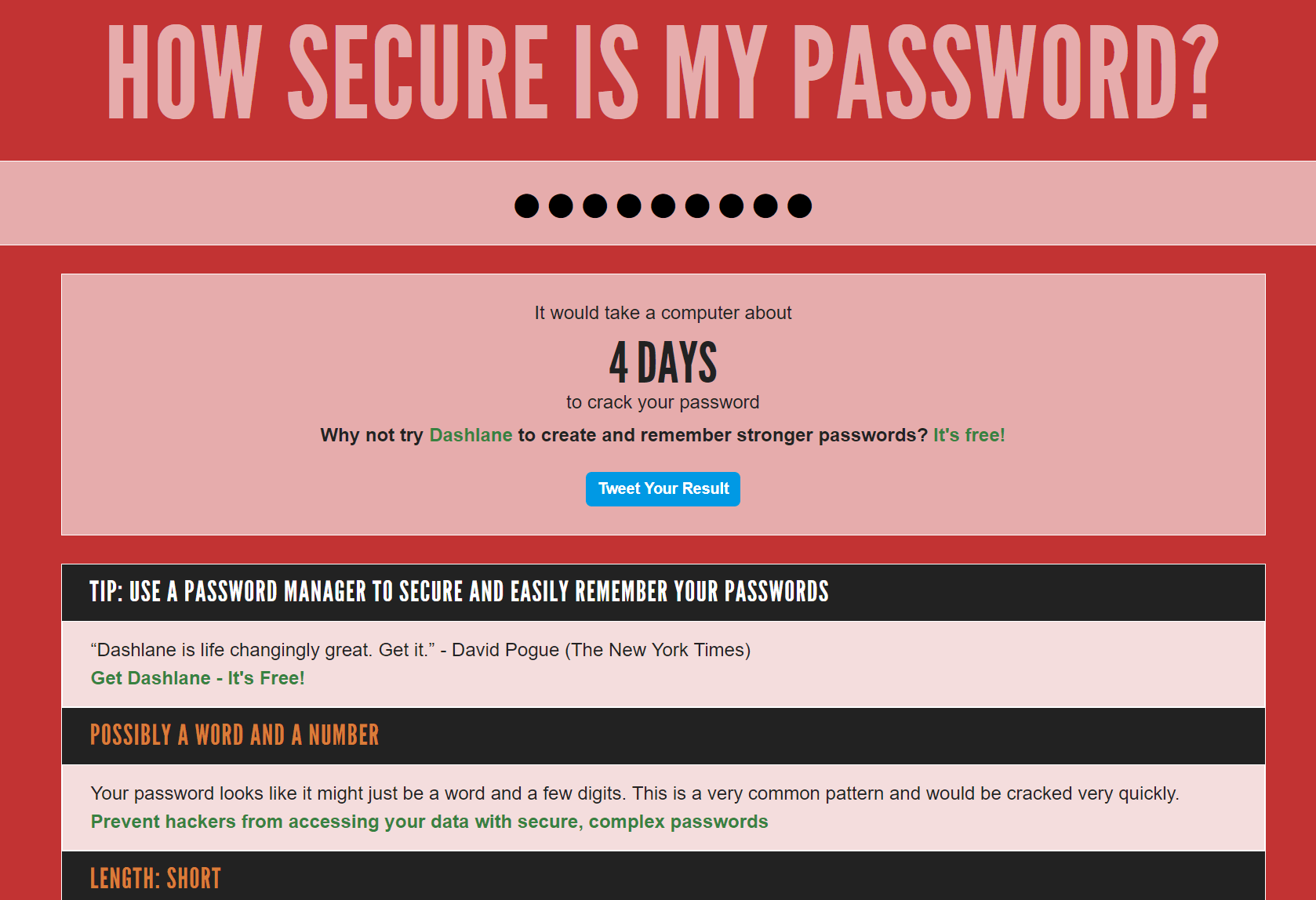
I opened my copy of MS Word this morning to be greeted by this helpful message:
New to working from home?
Check out these tips to help you work from home in a secure way.
Some of these tips are common sense. But it is worth having a look through them to make sure you are aware of all the issues: as more people work from home, the more people will be targeted. Sure it is unlikely that you will fall foul of most f them, but everyone who was caught out, thought exactly the same. Here are the top three tips (more tips via the link below):
- You should not let friends and family use your work devices. You have no idea what they may be able to access, and the last thing you want is for your work to suddenly get a message from Captain Fun Bags. It could be cause for dismissal. Always lock your device when you move away from it.
- Is your password secure enough? Computer power today is such that what was good enough 10 years ago, could be cracked in minutes today.
- Check whether your password is secure enough. It should be at least 12 characters long, and include a mixture of upper and lower case letters, symbols and numbers. To make it easier to remember, combine two familiar words interspersed with numbers and symbols. eg.: Home32Working%^
- Use a different password on different web sites, just in case your details have been hacked. It could be a modified form of your main password, eg. Home43Working%^ and Home54Working%^ etc.
- Be aware of phishing emails. This is one that appears to come from a recognised organisation such as your bank, and contains a link that asks you to log-in. Except that the link is to the scammer’s web site, designed to look like your bank.

Check your password security
- See also: “Top tips for working more securely from home” (via Microsoft Office)

